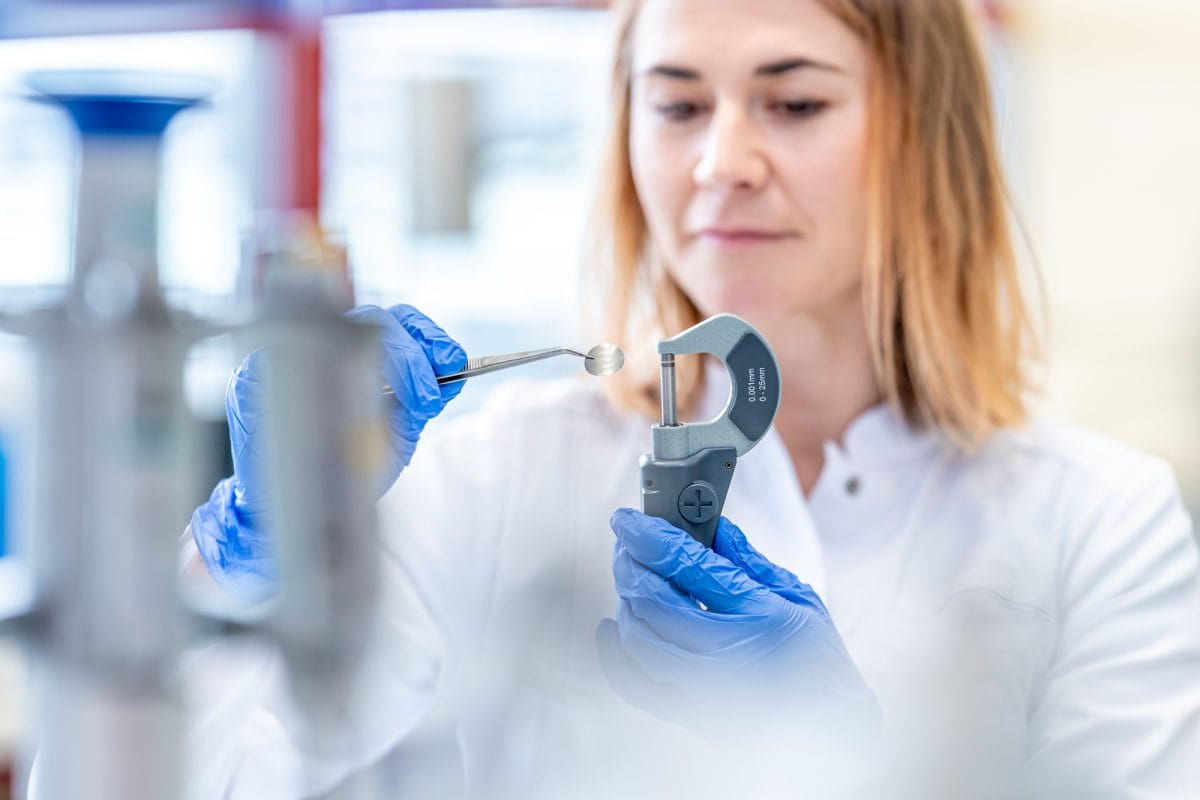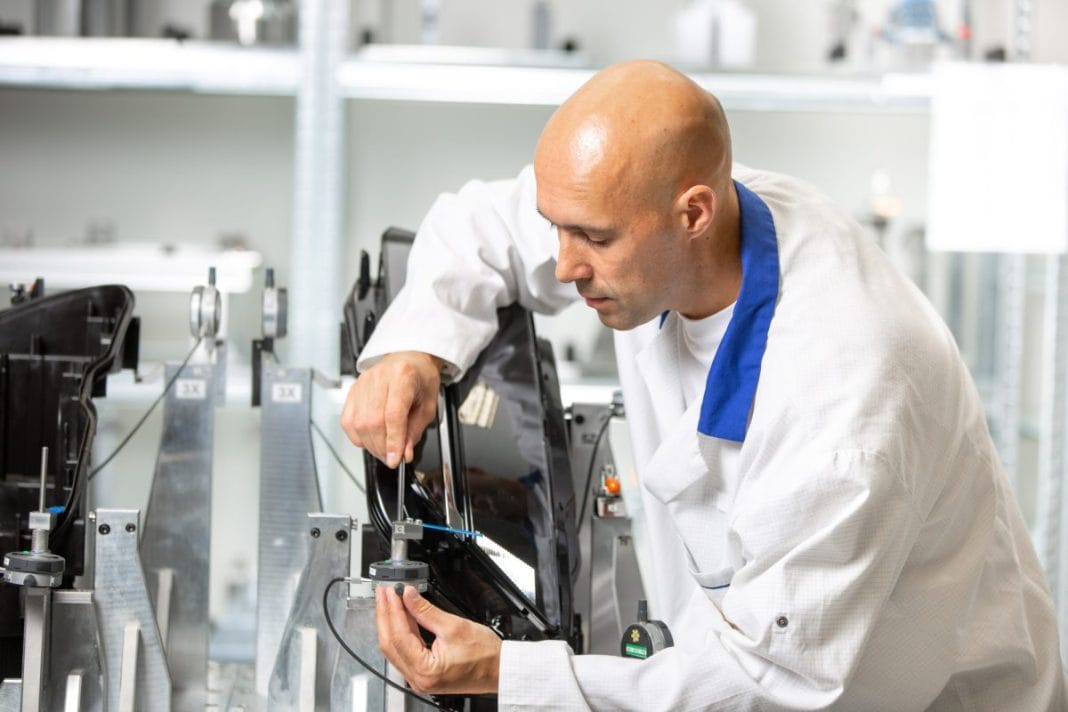In laboratory management’s fast-paced and exacting realm, the quest for efficiency and precision is essential. As laboratories seek to elevate their operations, the integration of metrology has emerged as a critical factor. This process goes beyond merely adopting new tools; it represents a comprehensive strategy to refine and enhance every aspect of laboratory work.
Weaving metrology into their daily practices, labs can achieve remarkable strides in accuracy, efficiency, and overall performance. This evolution in laboratory operations is a proactive step towards setting new benchmarks in scientific inquiry.
Read on to learn how this transformative approach can revolutionize your laboratory’s functionality and results, ensuring precision and efficiency as guaranteed outcomes.
The Role Of Optical Alignment In Metrology
Optical alignment in metrology ensures precision and efficiency in laboratory environments. This technique is a crucial component in accurate measurement processes and the optimal functioning of scientific instruments.
Below are the essential aspects of optical alignment in metrology:
- Precision and accuracy: Optical alignment is critical in securing exact measurements. The careful positioning of optical elements directly impacts the accuracy of outcomes, especially in precision-sensitive fields.
- Instrument calibration: It’s vital for the calibration of optical instruments. Proper alignment guarantees that these instruments function correctly, yielding valid and trustworthy data for consistent research outputs.
- Error reduction: Precise alignment significantly lowers the risk of measurement errors. This level of accuracy is essential in experiments where even minor inaccuracies can lead to substantially different results.
- Adaptability to various applications: Optical alignment’s versatility makes it invaluable across diverse scientific disciplines, from astronomy to biomedicine, showcasing its wide-ranging applicability in metrology.
Optical alignment is a foundational practice integral to maintaining the integrity and reliability of scientific measurements. Its implementation in laboratory processes is a testament to a commitment to the highest standards of precision and efficiency.
Enhancing Accuracy Through Advanced Metrology Techniques

Advanced metrology techniques are pivotal in enhancing the accuracy of laboratory measurements. Introducing these sophisticated methods marks a significant leap in the precision and reliability of data gathered in scientific research.
Below are the crucial elements of advanced metrology techniques:
- Innovative measurement tools: Using cutting-edge tools in metrology offers unprecedented accuracy. Instruments like laser trackers and 3D scanners provide detailed and precise measurements essential for complex scientific analysis.
- Sophisticated software solutions: Modern metrology relies heavily on advanced data analysis and interpretation software. This software enables more accurate, faster, and comprehensive data processing, which is critical in reducing human error and improving measurement precision.
- Automated measurement processes: Automation in metrology reduces the potential for human error, leading to more consistent and accurate results. Automated systems can perform complex measurements with high repeatability, ensuring reliability across multiple tests.
- Regular calibration: Keeping instruments calibrated is essential for maintaining measurement accuracy. Advanced metrology involves stringent calibration protocols to ensure that every measurement is as accurate as possible.
Embracing these advanced techniques can significantly enhance the accuracy of measurements in laboratories. This improvement is a stride towards more reliable and trustworthy scientific research.
Streamlining Laboratory Operations
Integrating advanced metrology and efficient practices enhances laboratory operational workflow, leading to greater productivity and reduced turnaround times.
Here are the essential details for streamlining laboratory operations:
- Workflow optimization: Implementing efficient workflows is central to streamlining laboratory operations. This involves restructuring processes to minimize redundant steps and automate repetitive tasks, thereby enhancing overall efficiency and reducing the potential for errors.
- Integration of advanced technologies: The adoption of advanced technologies, such as automated analytical instruments and integrated data management systems, plays a significant role. These technologies expedite processes, from data collection to analysis, ensuring faster and more accurate results.
- Effective communication channels: Establishing clear and effective communication channels within the laboratory and with external partners ensures smooth operation. This includes using collaborative software and digital platforms to facilitate real-time information exchange and coordination.
- Regular maintenance and upkeep: Regular equipment maintenance and adherence to calibration schedules ensure that instruments perform optimally. This preventive approach minimizes downtime and ensures consistent accuracy in measurements.
- Training and skills development: Continuous training and development of laboratory staff in the latest techniques and technologies are crucial. Well-trained personnel can operate more efficiently, adapt to new processes quickly, and contribute to a streamlined laboratory environment.
Incorporating these strategies into laboratory operations improves efficiency and sets a foundation for consistent scientific advancement. Streamlining processes is a step towards a more productive and innovative laboratory environment, where the focus shifts from mundane tasks to groundbreaking research and discovery.
Cost Efficiency And Metrology
Cost efficiency is a crucial factor in laboratory management, and the integration of metrology plays a significant role in achieving this. Advanced metrology techniques offer ways to optimize resources and reduce expenses, thereby enhancing the overall economic efficiency of laboratory operations.
Here are the essential details for streamlining laboratory operations:
- Reduction in rework and errors: Advanced metrology reduces the likelihood of errors in experiments, minimizing the need for rework. Reducing errors saves both time and resources, leading to more cost-effective operations.
- Longer equipment lifespan: High-precision metrology instruments often have a longer lifespan due to their robust construction and accuracy in operation. This durability means laboratories can save on frequent equipment replacement or repair costs.
- Efficient use of materials and resources: Accurate measurements lead to more efficient use of materials, reducing waste. This efficiency is particularly beneficial in fields with expensive materials or limited supply.
- Time savings: Time is a valuable resource in laboratory settings. Metrology enhances efficiency by speeding up measurement processes and data analysis, allowing for quicker completion of projects and more efficient use of personnel time.
- Preventive maintenance: Implementing a preventative maintenance schedule for metrology equipment ensures that instruments are always in optimal condition, preventing costly breakdowns and downtime.
Investing in advanced metrology techniques may require an initial financial outlay, but it pays off in the long term. The time, materials, and equipment savings contribute significantly to laboratory operations’ overall cost efficiency.
Conclusion
Integrating metrology into laboratory practices marks a transformative stride towards heightened precision, efficiency, and quality in scientific research. Embracing advanced measurement techniques, streamlined operations, and continuous quality assurance enhances laboratories’ capabilities and paves the way for future innovations. This commitment to metrology reflects a forward-thinking approach essential in today’s rapidly advancing scientific landscape, ensuring laboratories remain at the forefront of accuracy and efficiency.
